Precast the blocks and stack 'em up
Process used to build about 70% of a typical HDB flat looks simple, but it involves lots of measurements and planning

The scene at the Sunway Concrete precast plant in Tampines appears to be a chaotic, dusty tangle of steel and concrete.
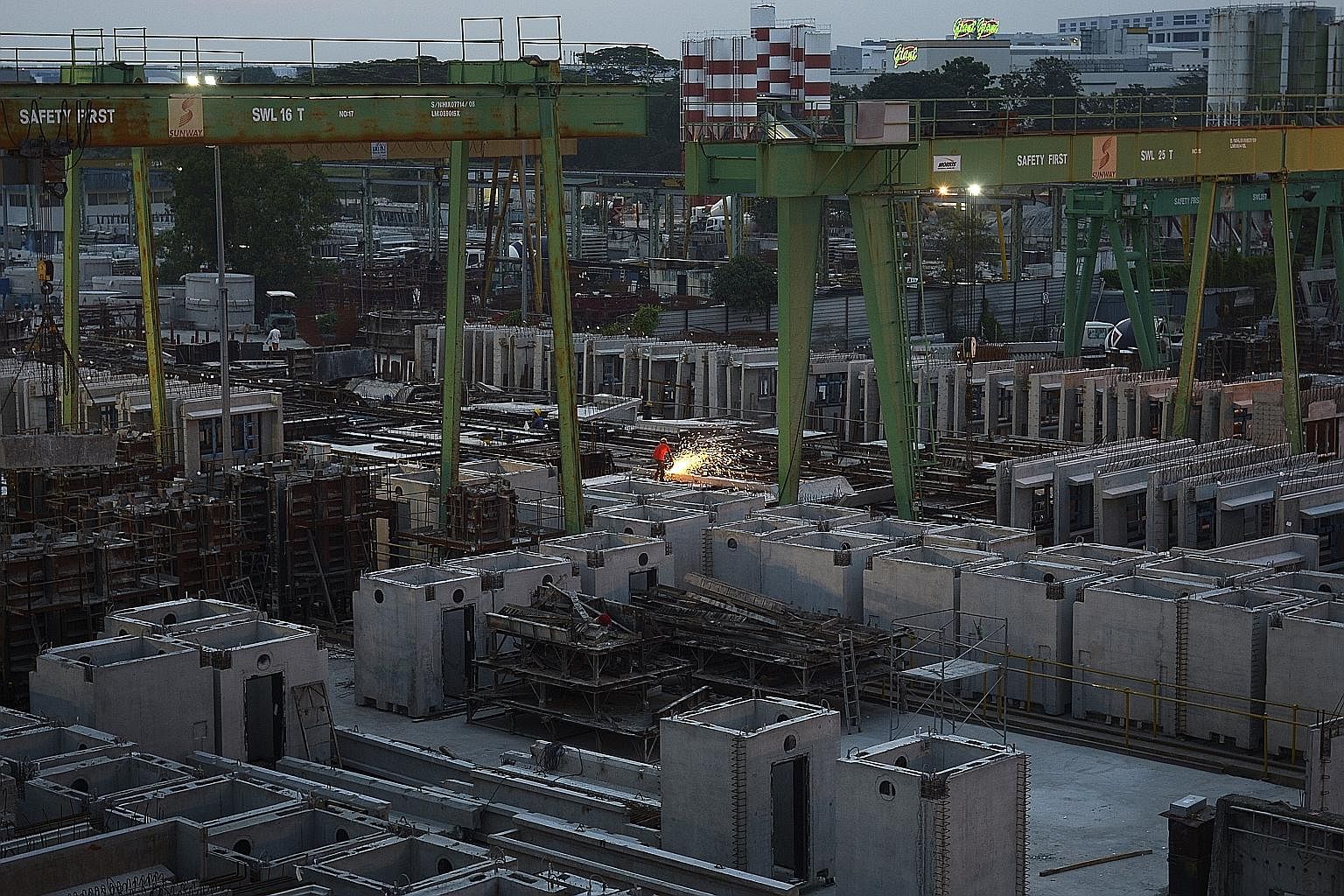
But to an industry insider, the wheels of a well-oiled system are in place, with workers churning out tonnes of precast building components destined for construction sites islandwide.
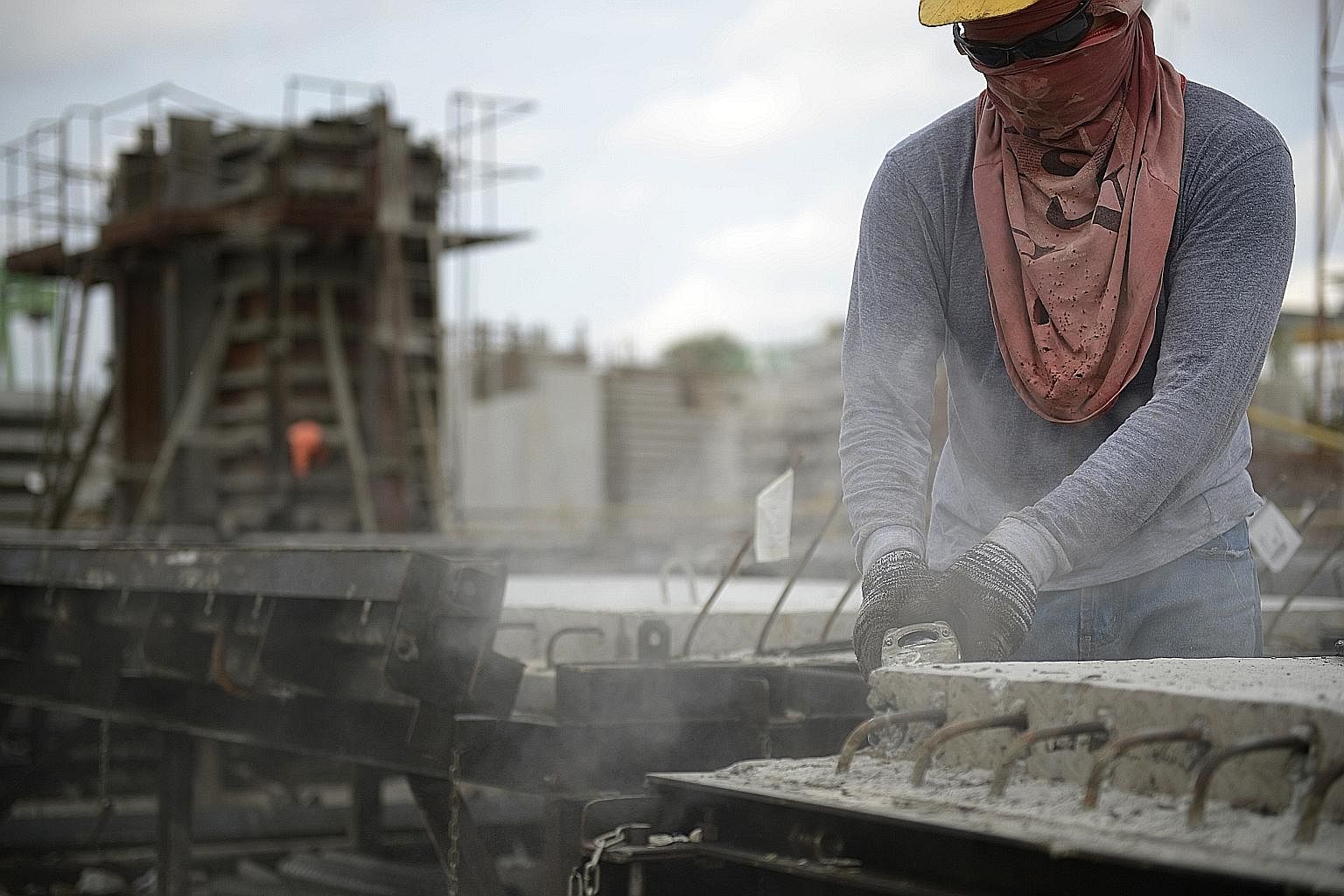
According to the Housing Board, 16,900 Build-To-Order (BTO) flat units will be offered this year.
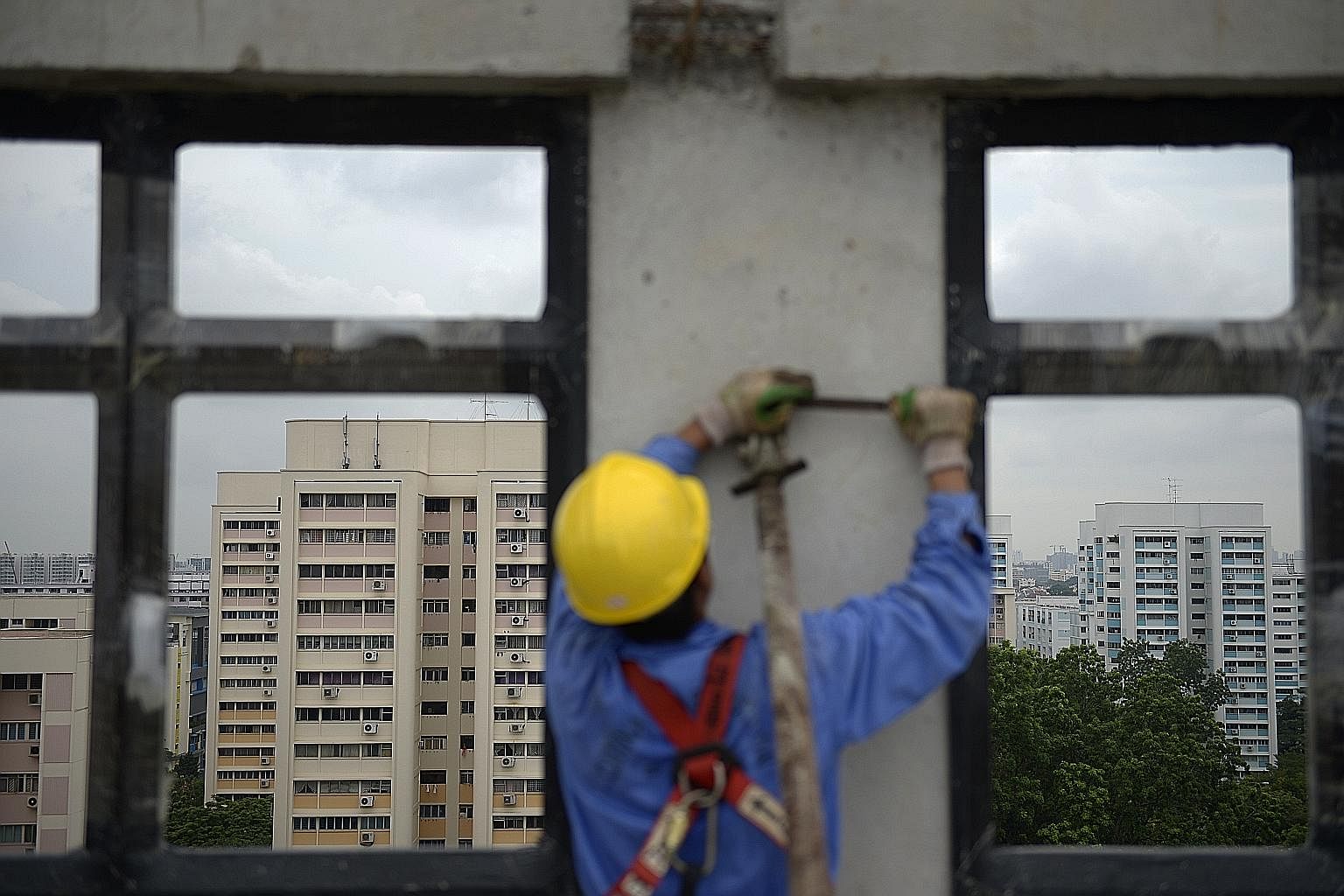
This number is on top of the 22,455 units launched last year.
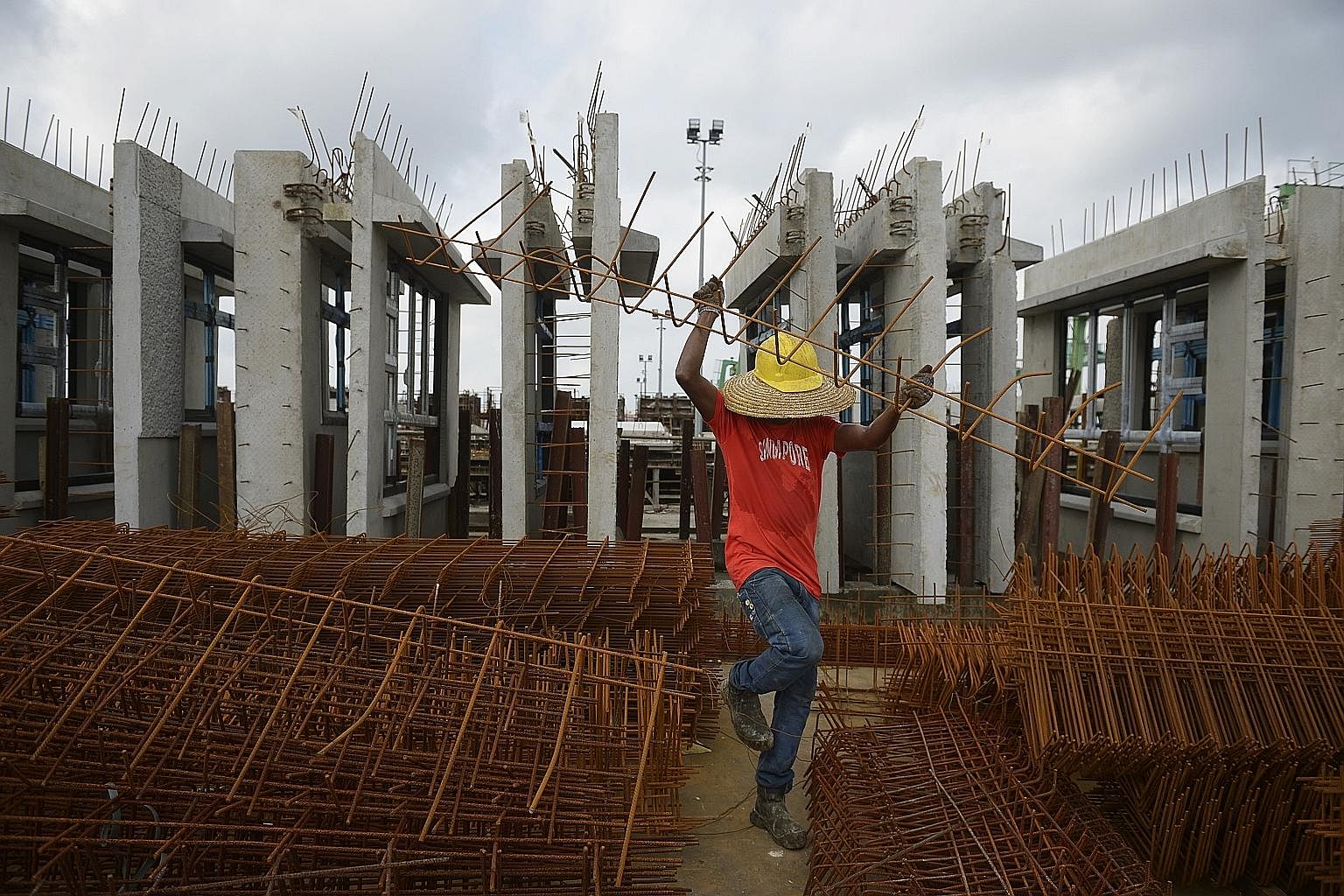
To cope with demand, the Housing Board (HDB) has been using precast components to build flats since the 1980s.
Precasting involves pouring cement into steel moulds to form various concrete components like facades, columns, staircases, household shelters and water tanks.
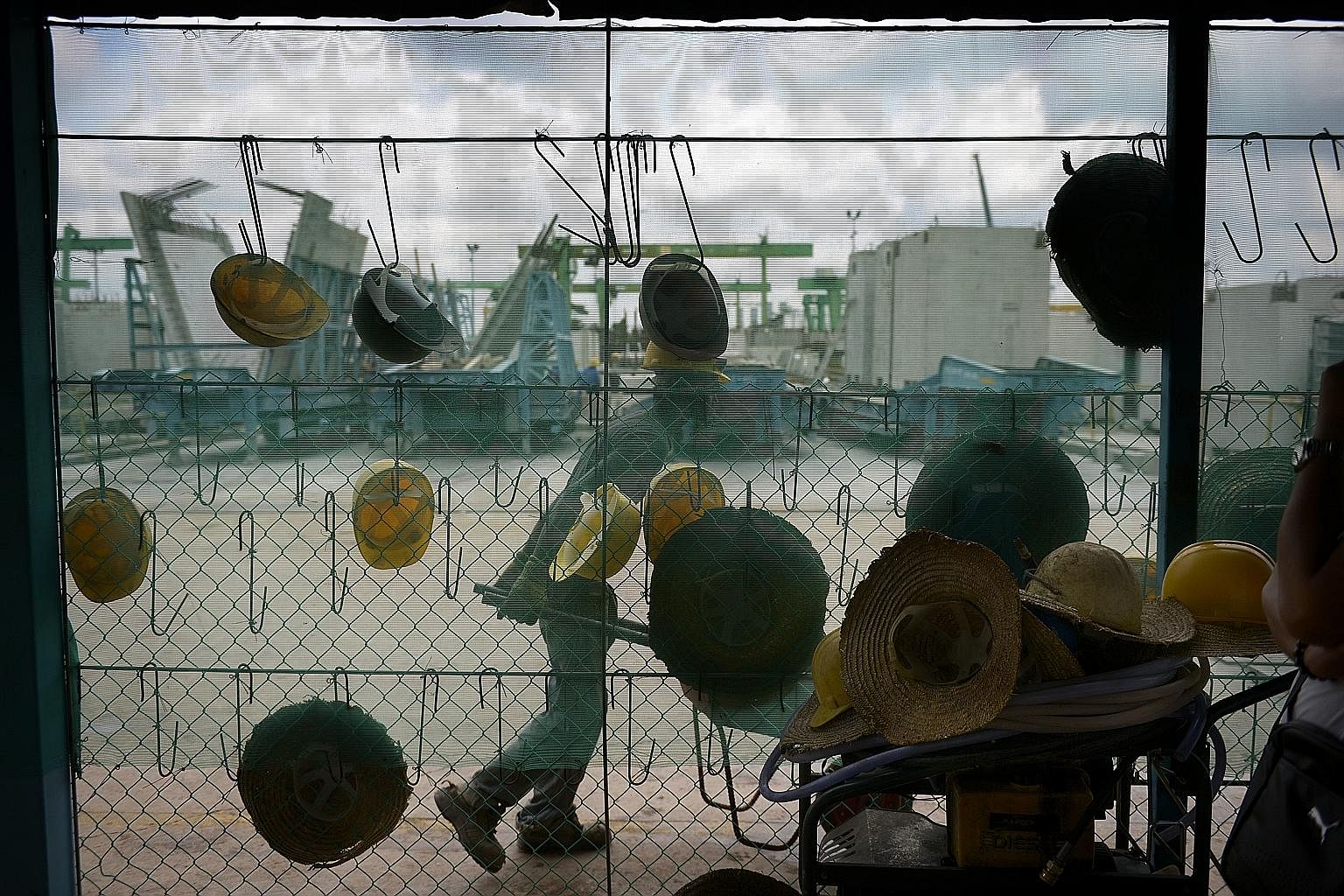
About 70 per cent of a typical HDB flat is built using precast components which are supplied by some 16 plants in Singapore, Malaysia and Indonesia.
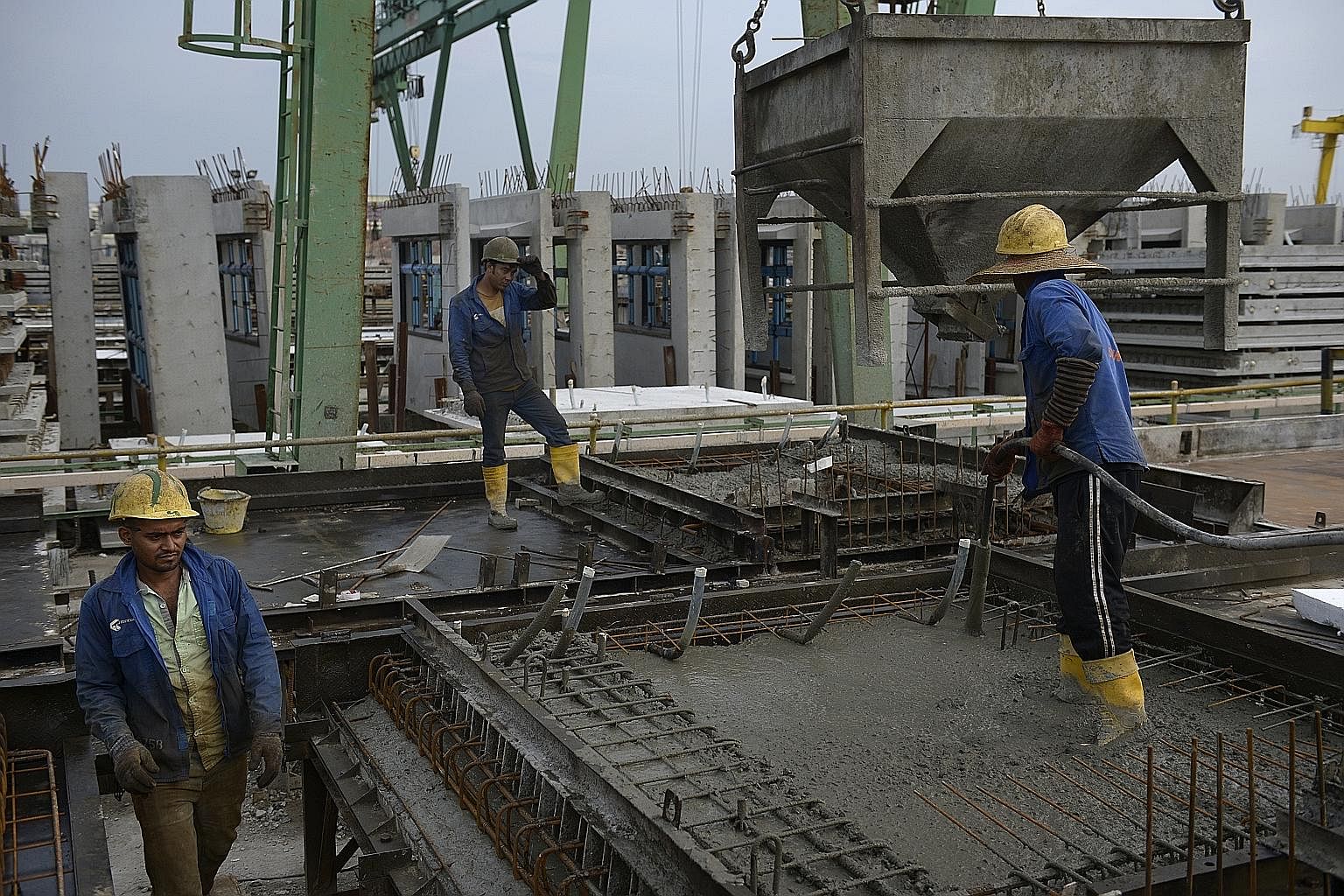
This Lego-esque way of building is said to improve speed, efficiency and safety - it takes just a month to build two storeys.
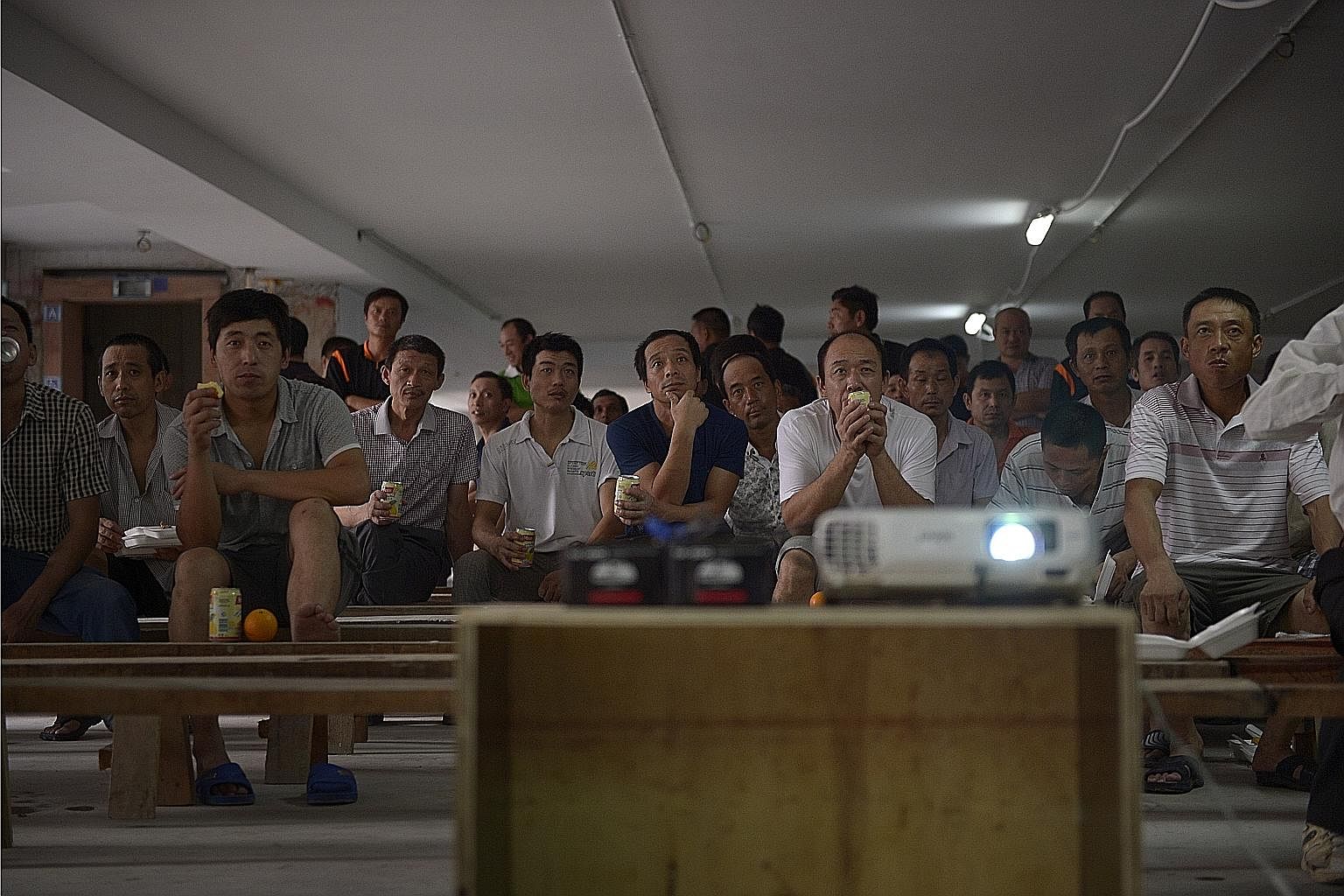
However, the building process entails more than merely stacking up massive concrete blocks, some weighing up to eight tonnes.
"It looks simple but it is not.
"A lot of measurements and planning are done before the components are hoisted into place," says Mr Toh Chee Boon, project director with China Construction, who is managing the Hougang Crimson BTO project.
Wind direction has to be considered when tower cranes are hoisting the blocks.
A surveyor also has to confirm the exact location where the precast components are going to be installed based on architectural drawings, to prevent any misalignments.
Because of the complexity involved in building a block of flats, China Construction sometimes holds milestone celebrations, involving food and lucky draws for workers, after a building's last structural precast component has been installed.
It is an effort to reward workers and keep morale high, says Mr Toh.
He adds: "A happy worker will do a better job and I think we should appreciate them.
"After all, they left their homes to build ours."
Join ST's WhatsApp Channel and get the latest news and must-reads.
A version of this article appeared in the print edition of The Straits Times on July 02, 2015, with the headline Precast the blocks and stack 'em up. Subscribe
